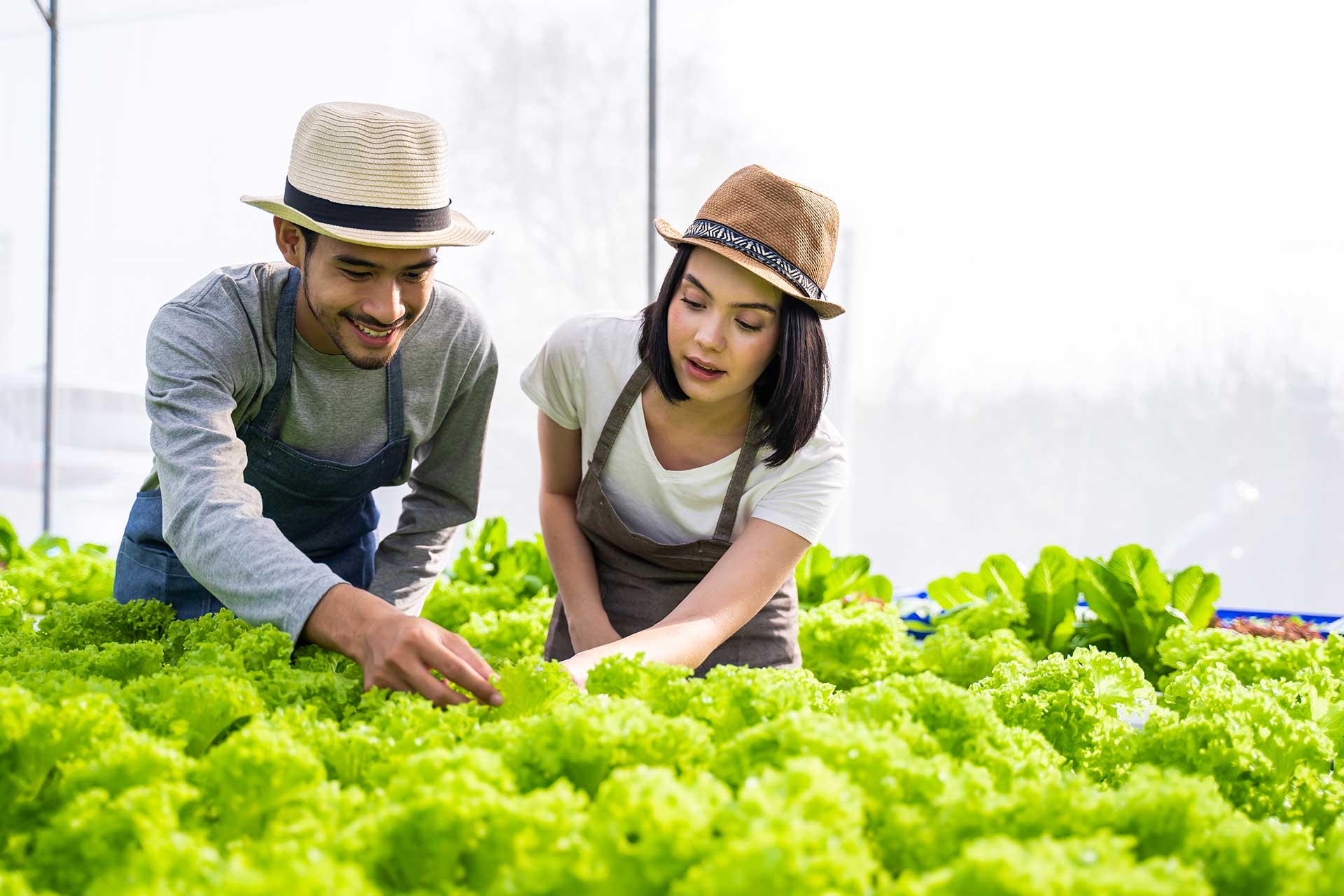Modular System Details
- Modular System Details
- Homepage

Modular aquaponic system
Our modular aquaponic system is designed for flexibility, allowing users to start small and expand as needed. With core and add-on modules, it adapts to various environments, optimizing water use, plant growth, and overall efficiency for sustainable food production.
Video Hydroponics
12.25 Minutes
Business Models
Modular System Details
Our modular aquaponic system is designed for flexibility and scalability, allowing you to customize and expand based on your needs. Each module integrates seamlessly to create a sustainable and efficient food production system.

Fish Farm Module
Includes tanks designed for fish cultivation, integrated with monitoring systems for water quality, temperature, and feeding schedules.
Benefits:
◦ Provides a sustainable source of fresh fish.
◦ Enhances nutrient cycling by converting fish waste into fertilizers.
◦ Supports a variety of fish species, including tilapia, trout, and catfish.
Applications:
Urban farming, aquaculture businesses, educational facilities.

Water Treatment Module
Filters and purifies water to maintain optimal quality for fish and plants, ensuring system longevity and health.
Benefits:
◦ Removes impurities and maintains balanced pH levels.
◦ Extends the lifespan of the system components.
◦ Reduces maintenance and operational costs.
Applications:
Essential for systems in areas with water quality challenges.

Monitoring & Automation Tools
Advanced IoT-enabled tools for real-time tracking and automation of system performance.
Benefits:
◦ Provides data on water quality, temperature, and nutrient levels.
◦ Automates feeding, lighting, and water flow adjustments.
◦ Reduces labor needs and improves precision.
Applications:
Commercial farms, research facilities, tech-driven agriculture.

Vegetables Farm Module
Features hydroponic systems optimized for growing plants. Plants absorb nutrients from fish waste, purifying water for reuse in fish tanks.
Benefits:
◦ Produces a wide range of vegetables, herbs, and fruits.
◦ Maximizes yield in a compact space.
◦ Reduces reliance on chemical fertilizers and pesticides.
Applications:
Urban rooftop farms, commercial growers, local food suppliers.

Water Supply System Module
Combines water sources and optimizes re-use to minimize waste. Ensures continuous circulation and adequate oxygenation.
Benefits:
◦ Increases system efficiency by recycling water.
◦ Reduces water consumption, addressing scarcity issues.
◦ Supports high productivity even in resource-limited areas.
Applications:
Ideal for large-scale systems and regions with limited water access.

Educational Packages
Training and resource materials for individuals, schools, and organizations to learn and implement aquaponic systems effectively.
Benefits:
◦ Increases awareness and adoption of sustainable farming practices.
◦ Provides hands-on learning opportunities.
◦ Inspires future innovations in sustainable agriculture.
Applications:
Schools, community centers, environmental groups.
FAQs
General Questions
Aliquet enim tortor at auctor urna nunc.
How is it different from hydroponics or traditional farming?
Vivamus consectetur purus vel felis molestie sollicitudin. Vivamus sit amet enim nisl. Cras vitae varius metus, a hendrerit ex. Sed in mi dolor. Proin pretium nibh non volutpat efficitur.
How is it different from hydroponics or traditional farming?
Unlike hydroponics, aquaponics doesn’t use synthetic fertilizers—nutrients come naturally
from fish waste. Compared to conventional farming, aquaponics doesn’t require soil, uses
up to 90% less water, and produces zero harmful runoff.
What is automated in the system?
The system can automate fish feeding, temperature and lighting control, pH and oxygen
monitoring, water flow, and alert notifications. You can manage everything remotely via a
smart app.
What’s the water and energy consumption like?
Aquaponics uses up to 90% less water than soil farming. Energy use depends on system
size but is optimized for efficiency. Renewable power sources (like solar panels) can be
integrated.
What happens in case of a power outage?
Backup batteries or generators can be added to ensure system stability. In critical cases,
the system can be temporarily operated manually.
What fish and plants can I grow?
Common fish include tilapia, catfish, trout, and carp. Ideal plants are leafy greens, herbs,
tomatoes, strawberries, and chili peppers. We’ll help you tailor the system to your needs
